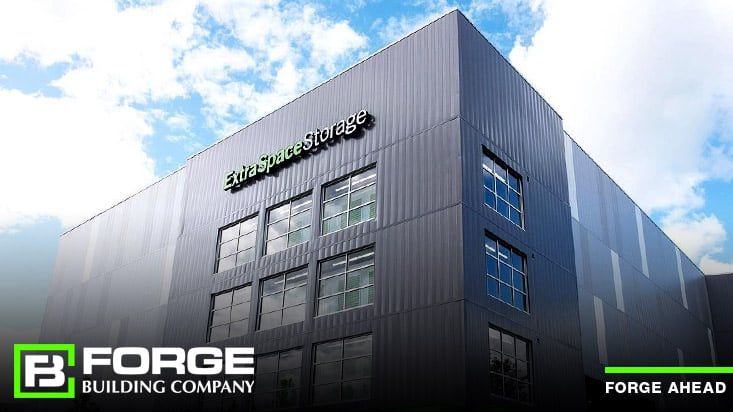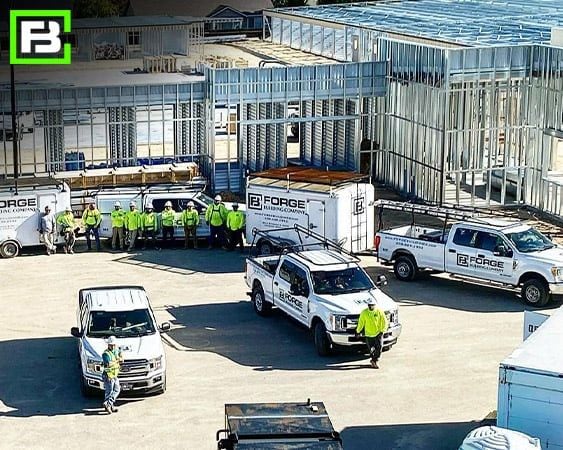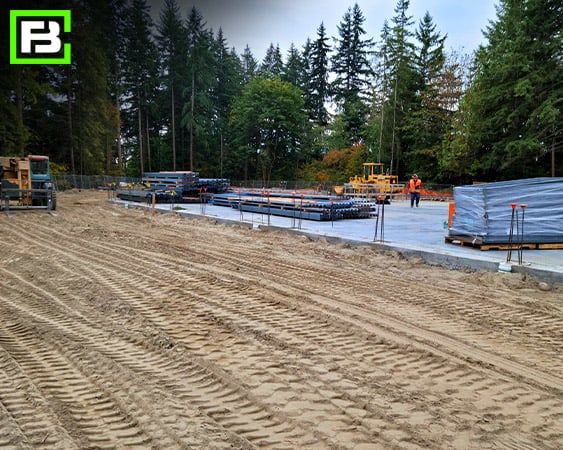
The self-storage industry has proven to be fairly recession-proof during the pandemic and offers many diverse investment opportunities and strategies depending on the location, according to a report from Trepp.
The report, titled “Self-Storage: Analyzing a ‘Recession-Resistant’ Sector,” looks at commercial mortgage-backed securities (CMBS) data. According to Trepp’s CMBS database, more than 1,700 CMBS loans totaling almost $16 billion were backed by self-storage properties across the US. It is one of the smaller property types in the private-label CMBS universe of over half a trillion dollars of loans, accounting for only 3% of the total CMBS outstanding balance.
The reason an individual would rent a storage unit is being driven by what the report refers to as the four Ds of self-storage: divorce, dislocation, death, and downsizing. Of course, there has been an abundance of these throughout the pandemic.
In addition, there were a number of trends that directly impacted the demand in the self-storage sector.
Another big factor contributing to this industry’s resilience are its net operating income margins which are among the highest of any real estate asset type at upwards of 60% to 70%, Trepp says, citing a Cushman & Wakefield report.
Those attributes have attracted a wide variety of players, including the five largest real estate investment trusts (REITs) that together own about 20% of the market:
That leaves thousands of other owners and other investors that have driven construction spending up by 584% from January 2015 to January 2020, the Trepp report says, citing census data on self-storage facilities.
 According to this same report, rising expenses such as wages and advertising are impacting the Self-Storage industry.
According to this same report, rising expenses such as wages and advertising are impacting the Self-Storage industry.
There is a lot of competition, especially in a segment that doesn't typically have a lot of amenities to prompt someone to drive farther to get to and feels restricted on how much rent can be raised.
So how do self-storage operators aim to provide a value-add? The Trepp report suggests the following:
The report also suggests remote management – operating a facility without an on-site manager through digital interactions with customers. This operating model could make it more feasible to invest in a small size storage facility in a small market.
Small towns and rural areas are typically not on the radar for big players. This creates a buyer’s market for potential acquisitions. So, this is a great time to look into that steal building construction investment idea.
Adding to the competition, the market continues to be of interest to big players looking for high-quality investments in the ‘recession-resistant’ commercial real estate space. So, for smaller players, the best options might be partnering with other investors in locally owned operations in small markets, or maybe even building your own, using the increasingly robust choice of self-service digital options.
Today it’s possible to build REAL wealth in the Self-Storage industry at a fraction of what it used to cost, meaning the unfair advantages are now available to individuals like you.
To find out more about how to invest in this growing industry, let Forge be your self-storage building contractor partner. See some of our completed projects.
 Despite all of the craziness that the pandemic has caused, self-storage development continues its forward momentum—but not without impediments. The cost of raw materials is on the rise, and orders can take longer to ship, plus there are labor shortages. These issues will likely resolve in time, but there’s one obstacle poised to grow still more obtrusive: a lack of suitable sites on which to build. Between market saturation and increasingly restrictive zoning, builders and owners struggle to find suitable parcels to build self storage facilities. It’s a process that’s often taking longer and generating more frustration.
Despite all of the craziness that the pandemic has caused, self-storage development continues its forward momentum—but not without impediments. The cost of raw materials is on the rise, and orders can take longer to ship, plus there are labor shortages. These issues will likely resolve in time, but there’s one obstacle poised to grow still more obtrusive: a lack of suitable sites on which to build. Between market saturation and increasingly restrictive zoning, builders and owners struggle to find suitable parcels to build self storage facilities. It’s a process that’s often taking longer and generating more frustration.
Every self-storage construction project has its own nuances, and it’s never a “one size fits all” when it comes to construction but following are some basic “rules of thumb” to help point you in the right direction.
Additionally, also see our blog post, “Building a Commercial Storage Building” for more insights into understanding development fundamentals.

For a sample of the types of single-story self-storage buildings that Forge Building Company offers, please check out: Single-Story Self-Storage Building Contractors
And for more information on costs and location considerations, please see our blog titled “Contractors That Build Commercial Storage Buildings & Facilities.”
Finding a suitable parcel on which to build a self-storage facility with the best steel building contractor will also reap the highest return on investment and get your 2022 off to a great year.